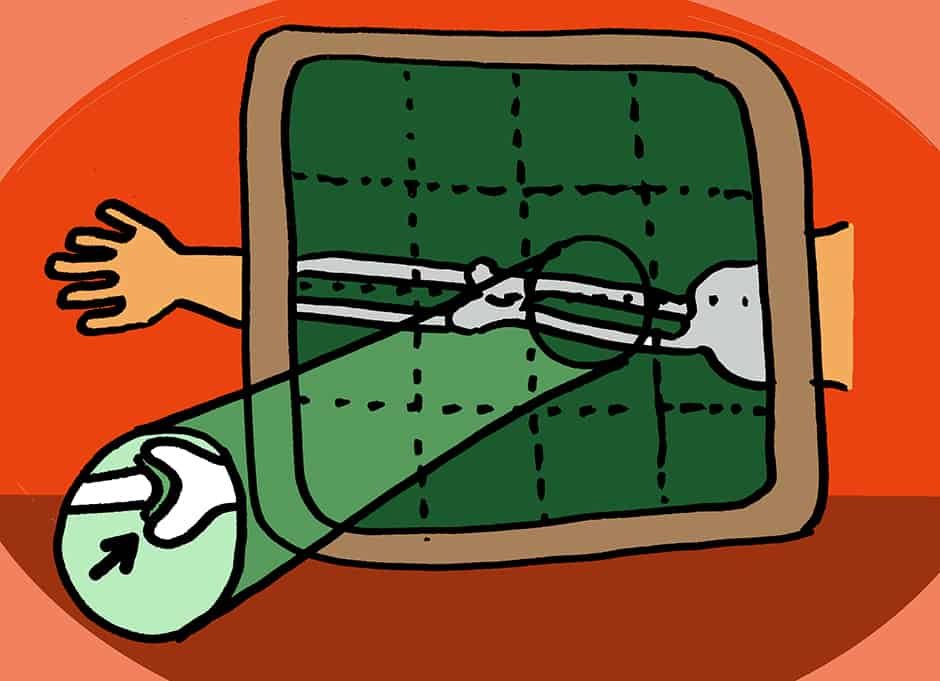Tendonitis, caused by a tendon’s inflammation, is common in an athlete’s ankle, elbow, and wrist.
Instead of a sudden movement which caused the last two injuries that we looked at, torn ACLs and sprained ankles, tendonitis is actually a repetitive strain injury (RSI). If you are putting the same area of your body under strain in a non-ergonomic way, RSI’s are very likely to occur.
The injury is common in middle-aged adults, though the risk does increase greatly for athletes who repetitively train and use the same muscles.
The diagnosis of tendonitis is very often chronic if untreated initially, meaning that once tendonitis develops, it is rare that it will ever go away, and pain resulting from it could strike at any time.
Due to the fact that this is a repetitive injury, there are some prevention methods with which you can engage. Taking care to rest and recuperate important, and antihistamines can be used to reduce swelling in the area.
If the problem becomes increasingly worse, corticosteroid injections work quickly to reduce pain and inflammation. Physical therapy can also help to reduce the pain and improve overall strength of the area.
Linda Hudson, an active athlete at U of T, was diagnosed with chronic tendonitis.
“I basically applied ice, rested my arm and took a course of anti-inflammatory drugs. The worst part of the treatment is not being allowed to do anything because it further aggravates the tendinitis. I never know when it will strike and keep me from playing tennis or rowing, which I love to do,” says Hudson.
In extreme cases, tendon repair surgery may be performed, in which case a doctor sews torn pieces of tendons back together, or the tendon is replaced with a tendon graft.
This surgery is not always a desirable option due to the fact that the post surgery tendon will not function as efficiently as the original, but will reduce pain in the area. Healing can take up to 12 weeks while kept in a cast.
One way to avoid this kind of injury is to make sure to stretch properly, strengthen the muscles surrounding the at-risk area, and make sure to minimize any repetitive strain to your body.


